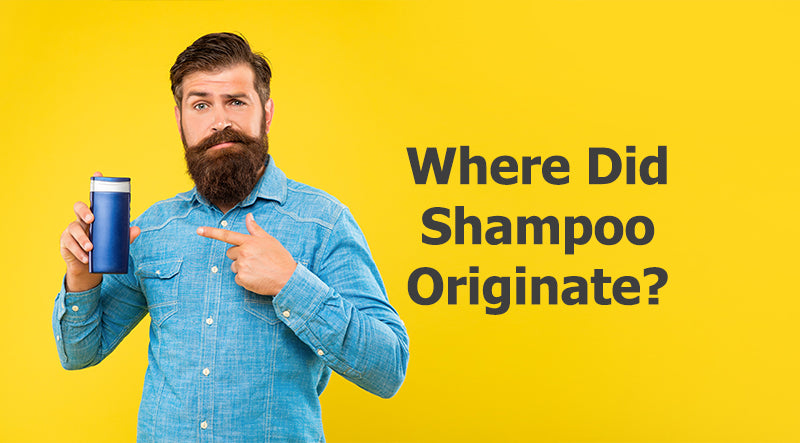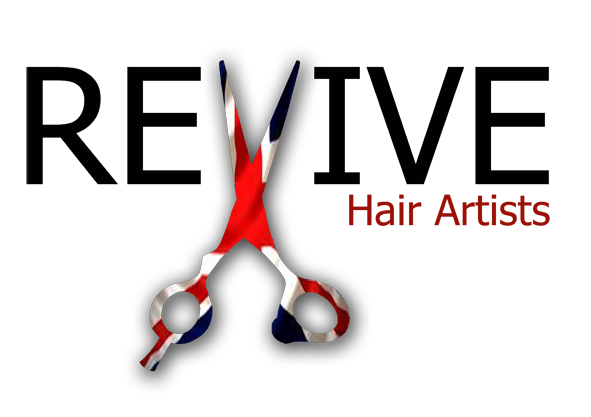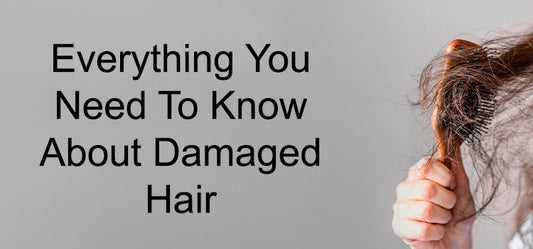
Where Did Shampoo Originate?
Thomas StrangwoodShare
Shampoo is a product that is used to clean the hair and scalp. It is made up of surfactants, which are molecules that can attract both water and oil. This allows shampoo to remove dirt, oil, and product buildup from the hair and scalp.
Shampoo is a relatively recent invention. It is believed to have originated in India in the 16th century. The word "shampoo" comes from the Sanskrit word "champo," which means "to massage." In India, shampoo was originally used as a massage for the scalp and hair. It was made with a variety of ingredients, including herbs, oils, and clay.
Shampoo was introduced to Europe in the 18th century. It was initially used by the wealthy, but it eventually became more affordable and accessible to the general public. In the 19th century, shampoo began to be mass-produced. This led to a decline in the use of homemade shampoos.
Today, there are many different types of shampoo available on the market. Shampoos can be designed for different hair types, including oily hair, dry hair, color-treated hair, and dandruff-prone hair. Shampoos can also be scented or unscented.
Shampoo is an important part of hair care. It helps to keep the hair clean, healthy, and looking its best.
Here is a more detailed look at the history of shampoo:
The Indus Valley Civilization
The Indus Valley Civilization was an ancient civilization that flourished in what is now Pakistan and India from 3300 to 1300 BCE. The people of the Indus Valley Civilization were known for their advanced technology and culture. They were also known for their use of shampoo.
The earliest evidence of shampoo use comes from the Indus Valley Civilization. Archaeologists have found evidence of shampoo in the form of soap nuts. Soap nuts are the dried fruits of a tree that grows in India and Pakistan. Soap nuts contain saponins, which are natural surfactants. Saponins are what give soap nuts their ability to clean.
The people of the Indus Valley Civilization used soap nuts to wash their hair and bodies. They would grind the soap nuts into a powder and then mix it with water. The resulting mixture would be used to wash the hair and body.
The Ancient Greeks and Romans
The ancient Greeks and Romans also used shampoo. They used a variety of ingredients to make shampoo, including olive oil, herbs, and clay. The ancient Greeks and Romans believed that shampoo was important for maintaining good health. They believed that shampoo could help to remove dirt, oil, and sweat from the hair and scalp. They also believed that shampoo could help to improve circulation and promote hair growth.
The Middle Ages
In the Middle Ages, shampoo was not as widely used as it had been in ancient times. This was because people believed that shampoo could damage the hair. Instead, people used a variety of other methods to clean their hair, including washing it with soap or using a mixture of vinegar and water.
The Renaissance
In the Renaissance, shampoo began to be used more widely again. This was due in part to the influence of the ancient Greeks and Romans. The Renaissance also saw the development of new shampoo formulas, which were made with ingredients such as egg yolks, honey, and milk.
The 19th Century
In the 19th century, shampoo began to be mass-produced. This led to a decline in the use of homemade shampoos. Shampoos of the 19th century were made with a variety of ingredients, including soap, baking soda, and borax. These shampoos were often harsh and could strip the hair of its natural oils.
The 20th Century
In the 20th century, shampoo formulas began to improve. Shampoos became more gentle and were made with ingredients that were better for the hair. Shampoos of the 20th century also began to be scented.
Today
Today, there are many different types of shampoo available on the market. Shampoos can be designed for different hair types, including oily hair, dry hair, color-treated hair, and dandruff-prone hair. Shampoos can also be scented or unscented.
Shampoo is an important part of hair care. It helps to keep the hair clean, healthy, and looking its best.



